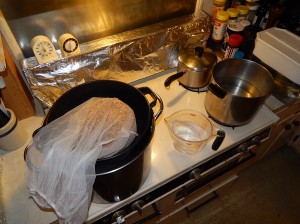
Brewing beer on your stovetop is convenient — and you can yield over 5 gallons (19 L) of beer in some circumstances.
This is the second part of an article on yielding 10 gallons (38 L) of beer from a stovetop wort boil. The first part dealt with the wort density during the boil and bitterness.
Color
When you boil a dense wort, the amount of ingredients alone will make it darker than many pale beers — deep golden at a minimum, if it is an all-malt beer. However, darker worts also pick up more color during the boil. There’s no way (that I know of) to calculate how much color will develop. However, if you were trying to brew a pale beer by boiling a very dense wort and diluting it, it would likely turn out too dark. This would also limit the number of BJCP styles that could be brewed with this level of dilution in the fermenter. At a minimum, I assume that the beer would turn out a light amber (although I haven’t tested this). So to be safe, we’ll only consider beers that are amber or darker.
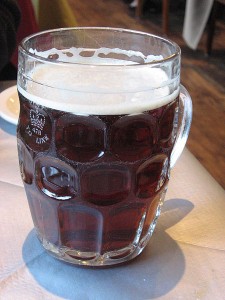
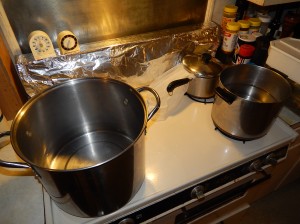
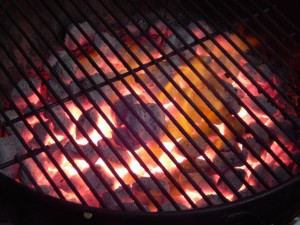

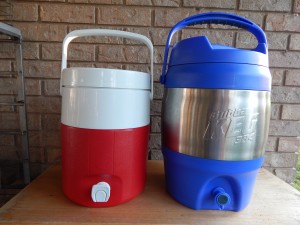


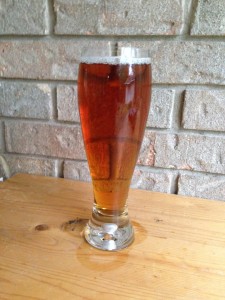


Recent Comments